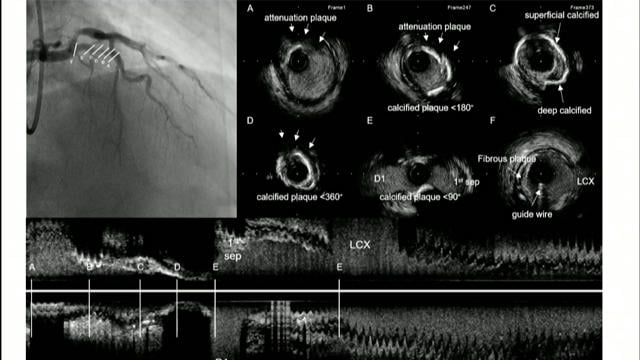939 results
Should we measure FFR post-PCI?
26 Oct 2021
Discover the replay of this PCR Webinar on coronary physiology with B. De Bruyne, C. Collet, D. Collison and J. Escaned
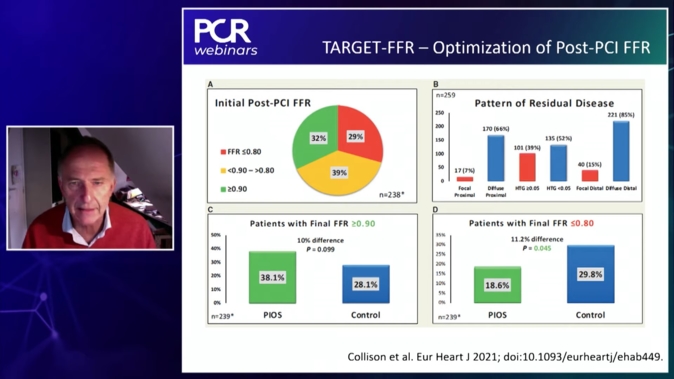
How to use invasive coronary physiology in ACS patients?
23 Sep 2021
Watch the replay of this webinar on coronary physiology with F. Alfonso, T. Engstrom, T. Keeble and R. Kharbanda
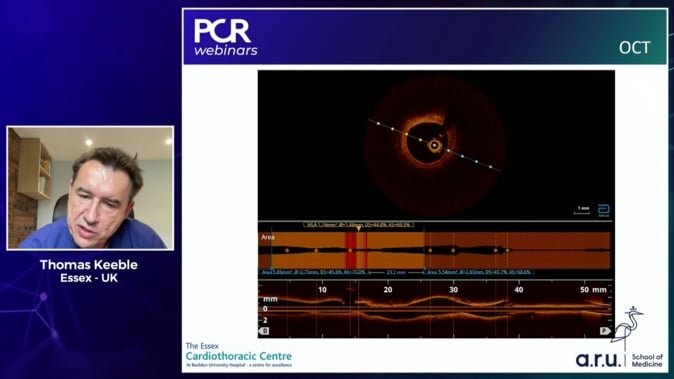
How to use Invasive Coronary Physiology to assess LM disease, pre-TAVI and pre-CABG interventions?
31 Aug 2021
Watch the replay of this webinar on coronary physiology with R. Al-Lamee, E. Barbato, B. De Bruyne and N. Gonzalo
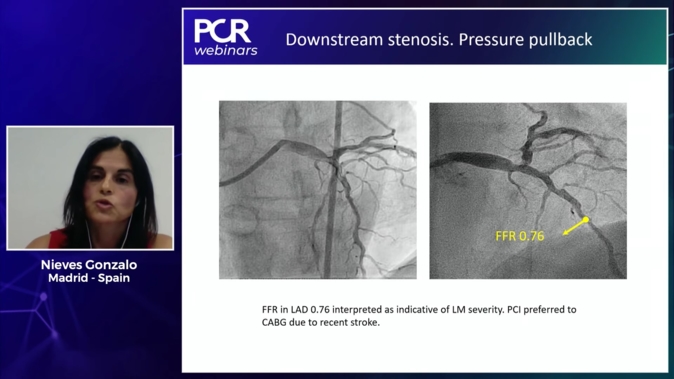
Coronary physiology in a modern catheter laboratory
29 Jun 2021
Watch the replay of this webinar on coronary physiology with S. B. Baptista, N. P. Johnson, N. H.J. Pijls and G. G. Toth
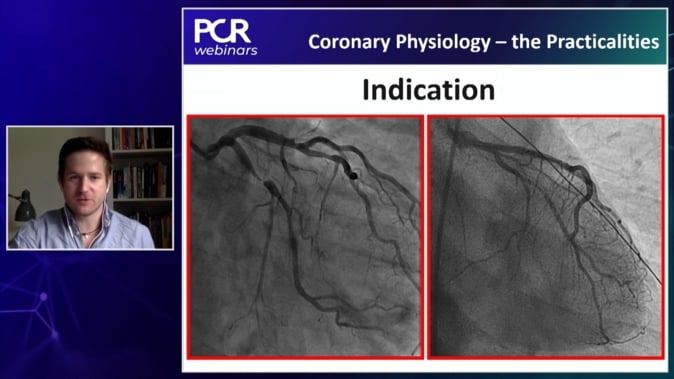
Radial versus femoral access in ACS patients undergoing complex PCI is associated with consistent bleeding benefit and no excess of risk
18 Jul 2022
In this paper, the authors investigated the comparative efficacy and safety of TRA versus TFA in ACS patients undergoing complex PCI in the Minimizing Adverse Haemorrhagic Events by TRansradial Access Site and Systemic Implementation of angioX (MATRIX)-Access trial1.

Reviewer

Reviewer
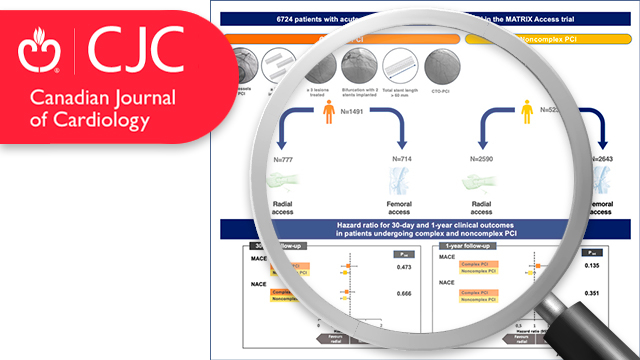
A case of severe ischemic cardiomyopathy
01 Aug 2022
Find out more about how the authors managed a 53-year old male with ischemic cardiomyopathy, EF 25 %, and calcified 3-vessel disease !

Author

Author
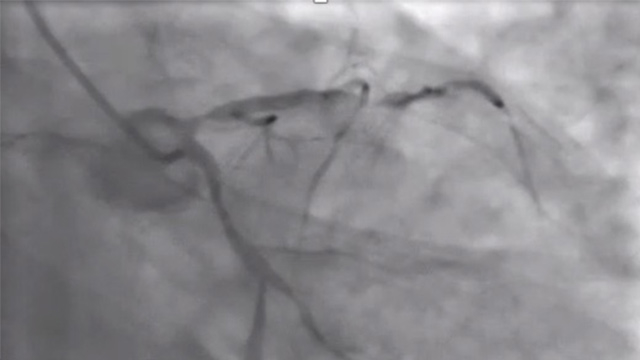
Prevention of radial artery occlusion of 3 hemostatic methods in transradial intervention for coronary angiography
01 Jun 2022
The main objective of the PROTHECT (Prevention of Radial artery Occlusion of Three HEmostatiC methods in Transradial intervention for coronary angiography) trial was to compare the efficacy of 3 nonocclusive haemostatic methods in preventing early RAO2.

Reviewer
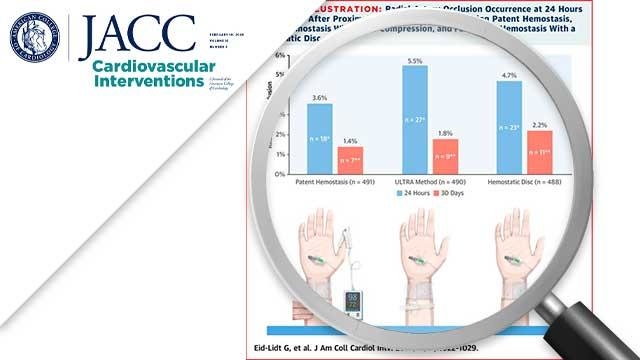
International hand function study following distal radial access: the RATATOUILLE study
31 May 2022
This trial aimed to evaluate hand function following distal radial approach coronary angiography or percutaneous coronary intervention, to assess longer term safety of the technique.

Reviewer

Reviewer
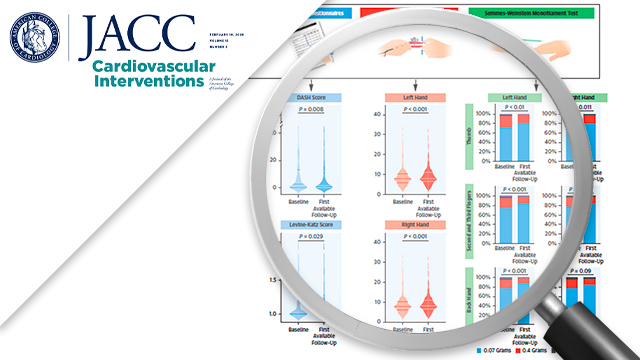
Late-breaking science overview - What did we learn @EuroPCR 2022?
20 May 2022 – From EuroPCR 2022
Watch this video to gain insight into late-breaking studies and trials presented during EuroPCR 2022:
- Intravascular imaging vs. angiography-guided PCI in high bleeding risk patients
- Trancatheter Aortic Valve Repair for aortic insufficiency using the Cusper device
- Angiography-derived coronary microcirculatory assessment in INOCA patients
- Blood pressure and MACE reductions after renal...
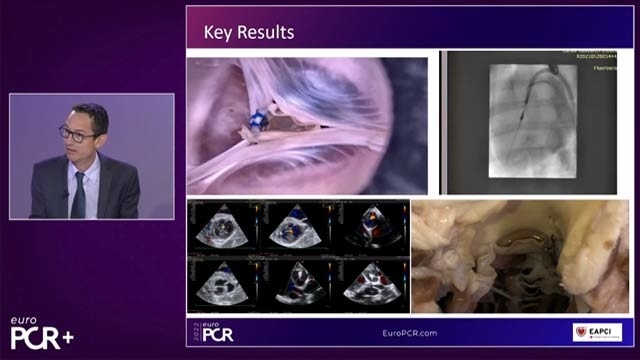
Our patient with a highly calcified vessel
20 May 2022 – From EuroPCR 2022
This session deals with an 81-year-old female patient with hypertension, dyslipidemia, diabetes mellitus, previous PCI on LAD and LCx, and chronic coronary syndrome on max medical therapy: discuss this case while considering imaging guidance for calcified plaque and viewing step-by-step Rotablator, among others.
